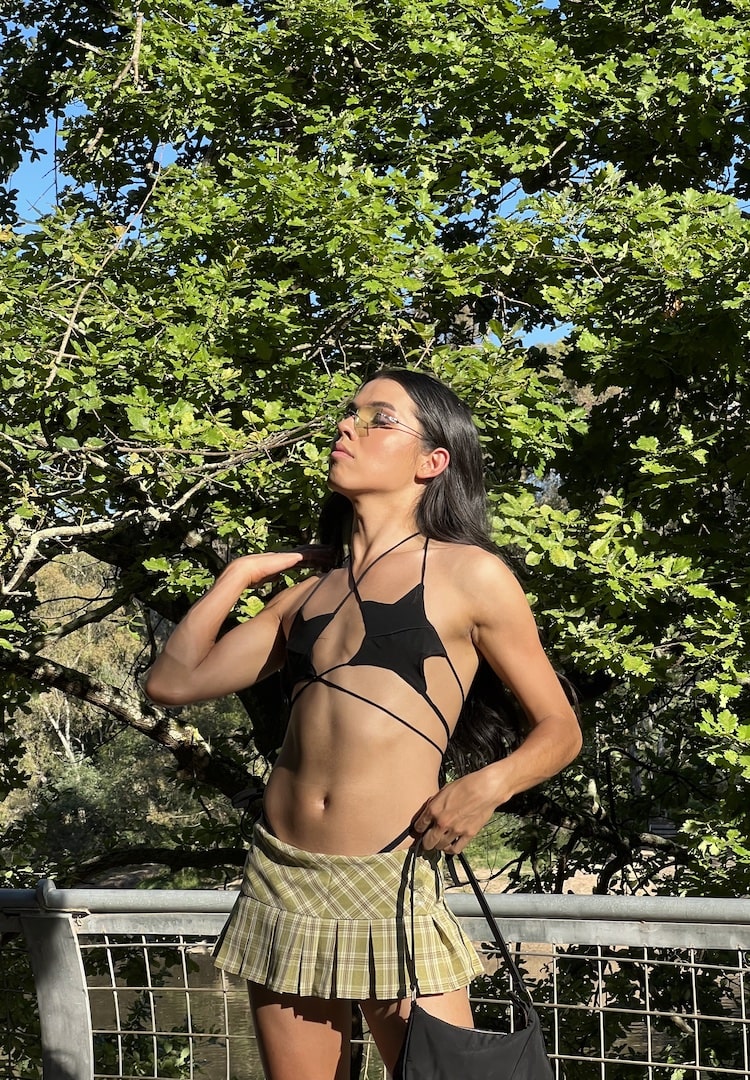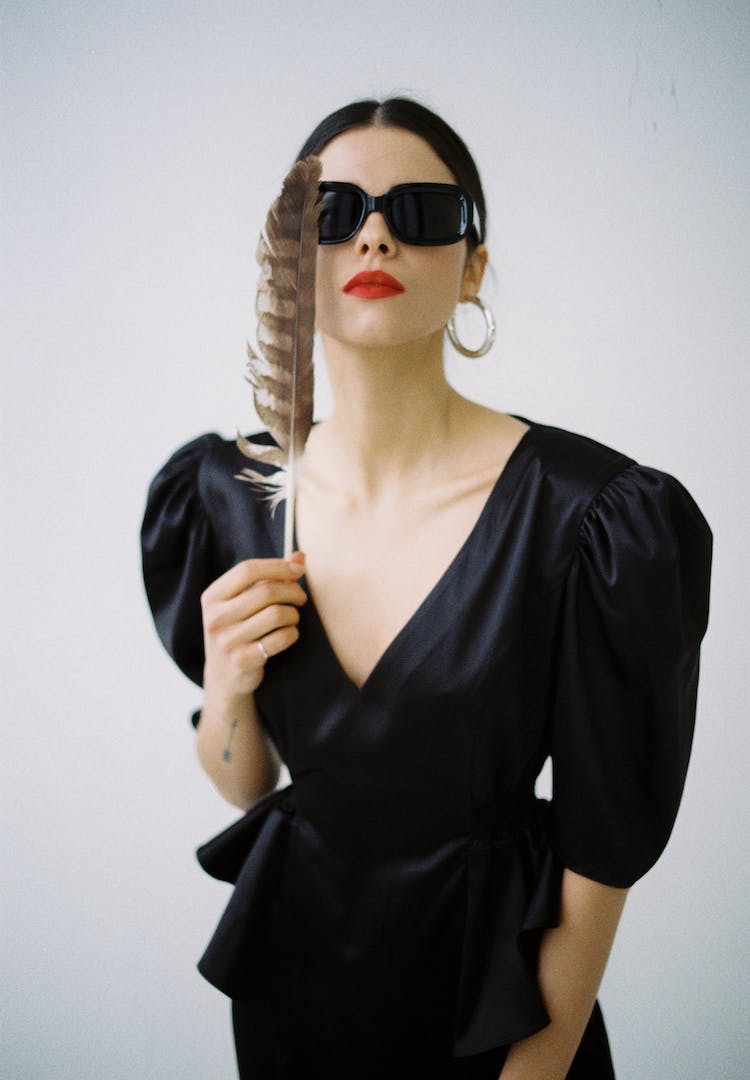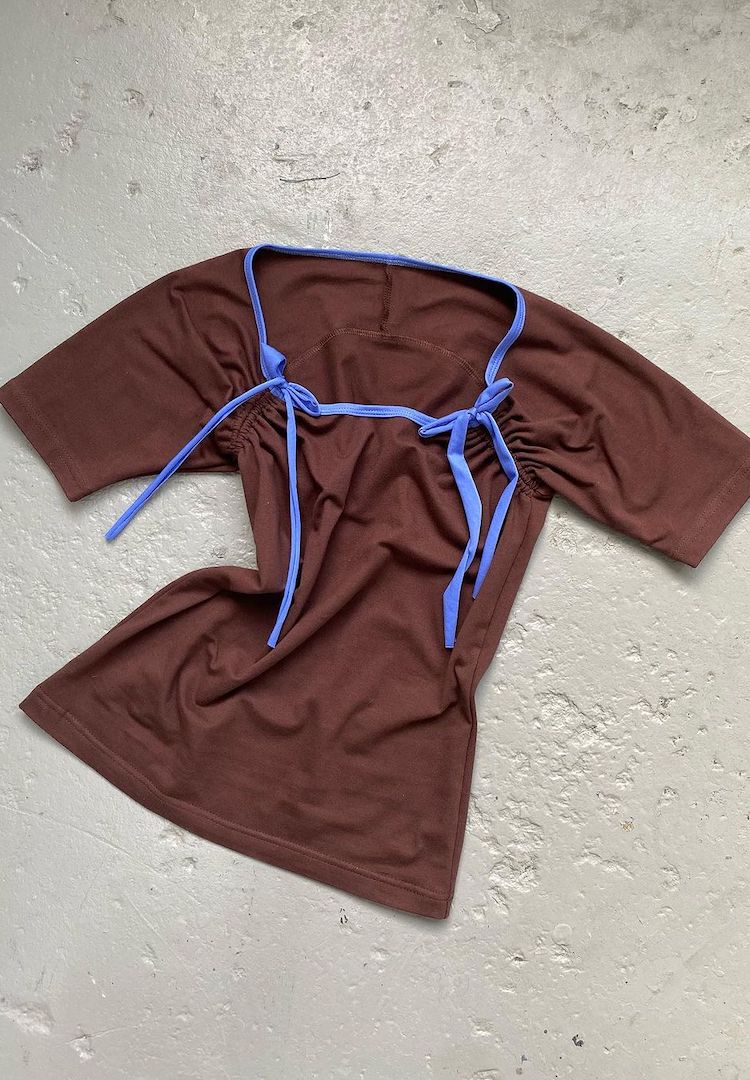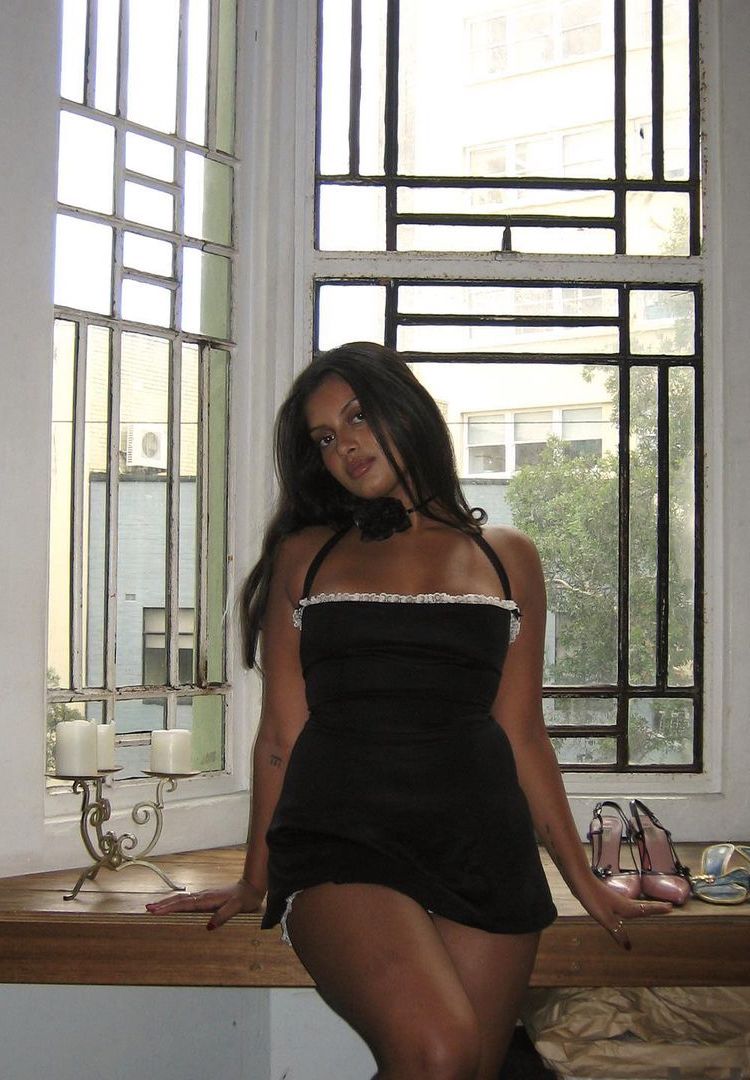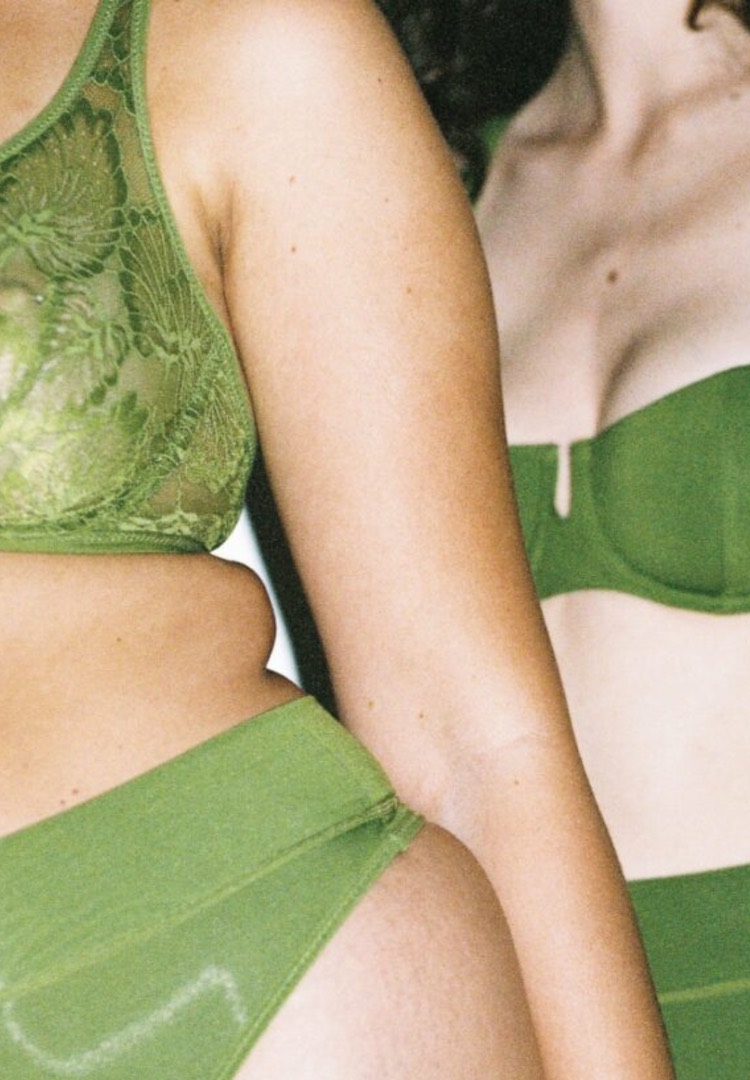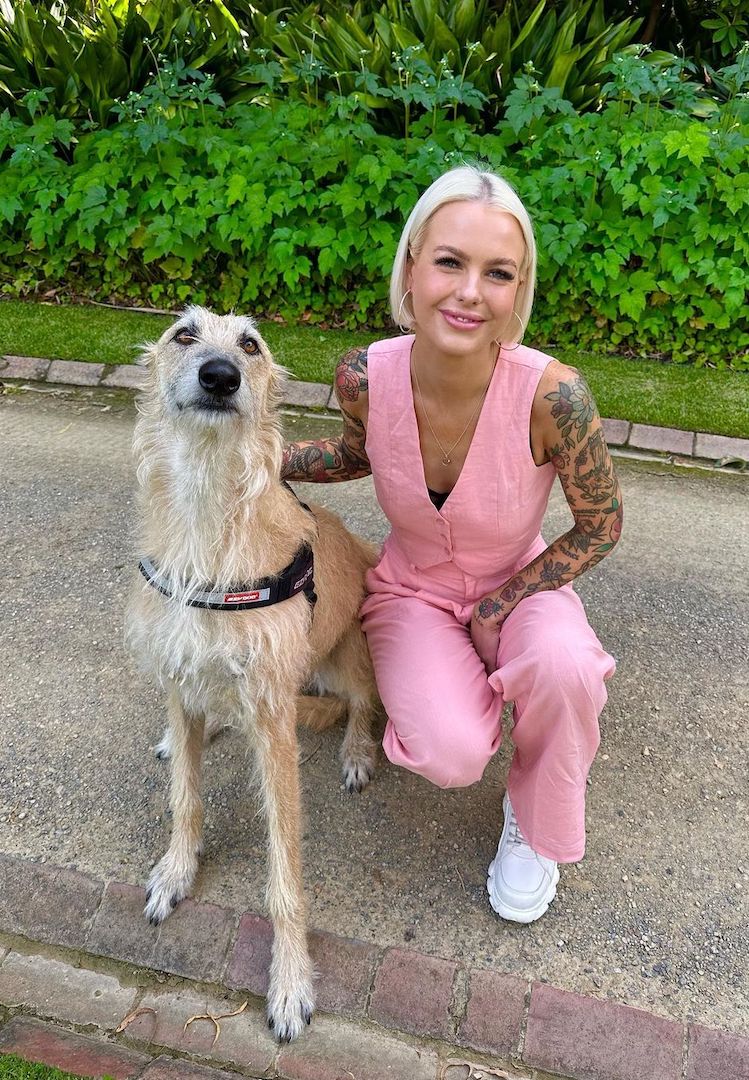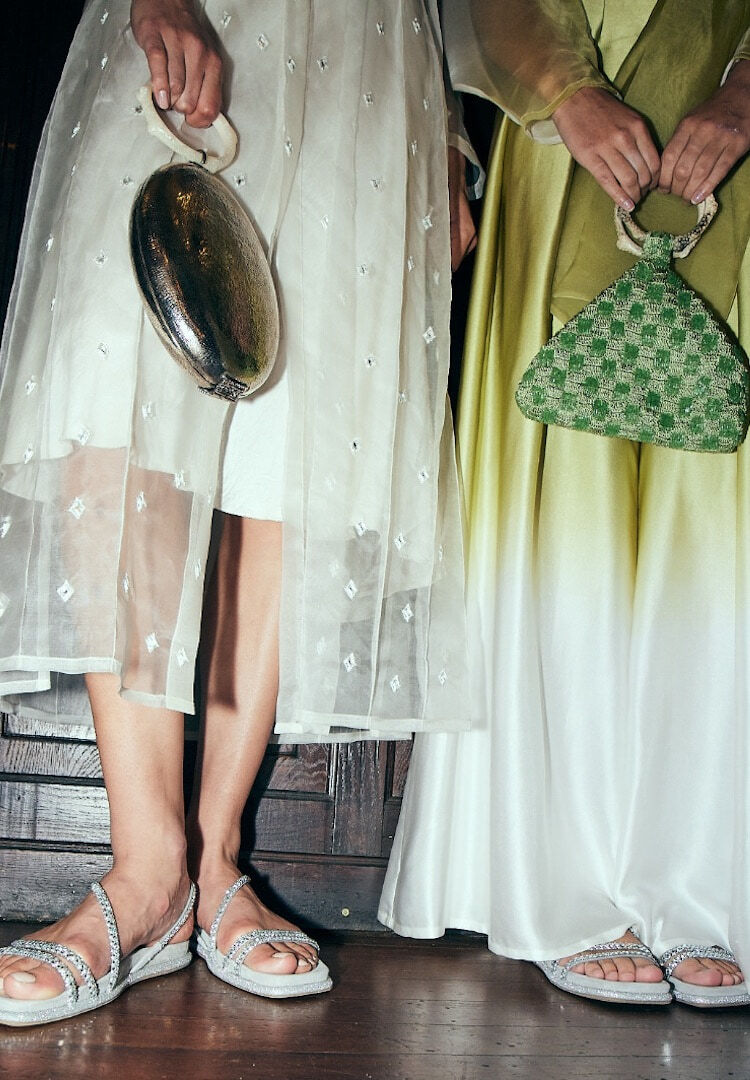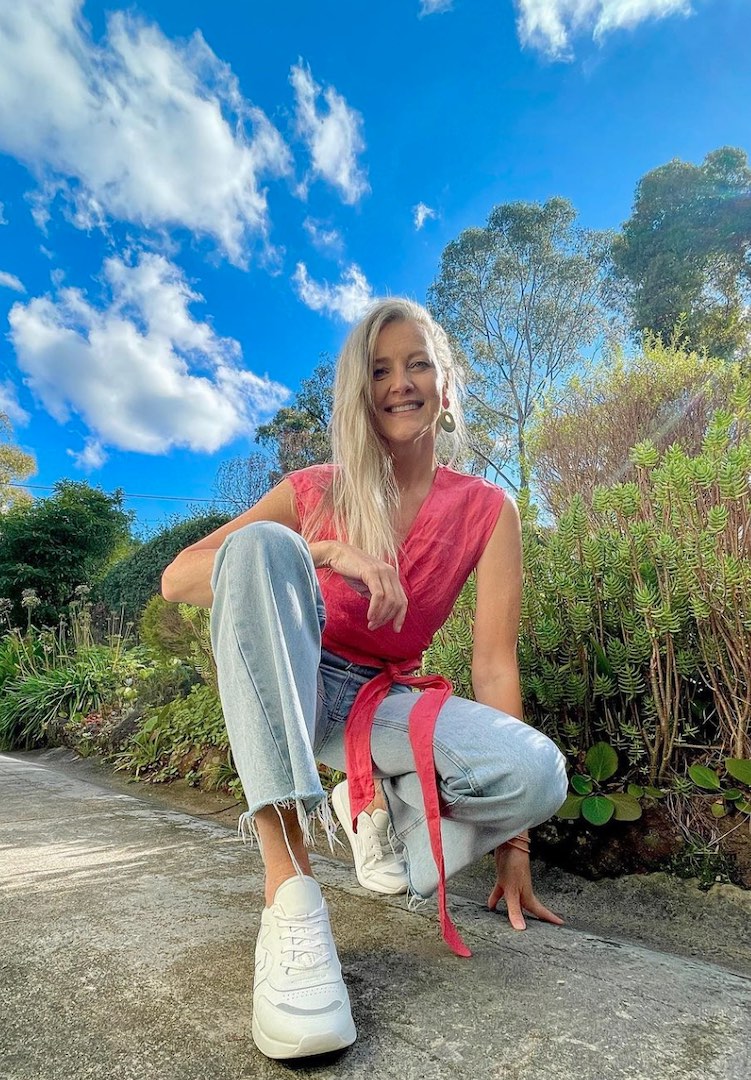Melbourne Fashion Week has banned wild animal feathers from its runways in a world-first initiative
WORDS BY CAIT EMMA BURKE
“With this new policy, Melbourne is setting the stage for a future where fashion and ethics go hand in hand.”
If you’re reading this article, it’s safe to assume you’re interested in fashion. It’s also fairly safe to assume you care about animal welfare and would like to see a fashion industry free from exploitation. If my assumptions are correct, you’ll be pleased to learn that in 2024 Melbourne Fashion Week will become the first fashion week in the world to ban wild animal feathers from its runways.
The event has been fur and wild animal skin-free since 2018, and its feather ban makes it the first fashion event of its kind in the world to ban all three controversial wildlife-sourced materials. Unlike fur – which has fallen out of favour in the industry, with fashion weeks and high-end labels around the world implementing fur bans – feathers have flown under the radar (please forgive me for that one, but it was there for the taking).
For more fashion news, shoots, articles and features, head to our Fashion section.
Feathers are the New Fur, a recent report from World Animal Protection and Collective Fashion Justice, exposed widespread mislabelling practices within the industry, with animal feathers being inaccurately labelled as ‘faux’ or ‘synthetic’ by large retailers like The Iconic, Asos and Boohoo.
As fur has become unacceptable, an increasing number of labels have switched to animal feathers. Recent fashion weeks around the world have seen labels like Chanel, Prada and many more decorating their designs with feather trims – trims that customers often mistakenly believe are synthetic feathers.
Their widespread use on the runway has increased demand for the trend too; late last year Depop saw a nearly 50 per cent increase in searches for feather dresses and tops. However, polling conducted for Feathers are the New Fur revealed that when shown pictures of a garment with an animal feather trim, 70 per cent of the people polled believed the feathers to be faux. If consumers often can’t distinguish faux feathers from real feathers, it makes the case for the eradication of animal feathers from the industry even stronger.
Suzanne Milthorpe, the Head of Campaigns for World Animal Protection, says feathers often find their way into fashion through cruel practices that undermine the basic principles of animal welfare. “With this new policy, Melbourne is setting the stage for a future where fashion and ethics go hand in hand, cementing a global standard for the industry which truly aligns with public expectations. We hope to see more brands and fashion week organisers follow Melbourne’s lead and embrace innovation over-exploitation by keeping wildlife materials out of their collections,” she says.
Emma Håkansson, the Founding Director of Collective Fashion Justice and the co-author of Feathers are the New Fur, believes that fashion’s ongoing use of feathers is built on a ‘we’ve always done it’ mentality. “In an interwoven environmental and ethical crisis, it’s time to move beyond that. Fashion is about creativity and innovation, and designers utilising next-generation plant-based, 3D printed, bio-based and recycled materials in place of feathers are leading us to the future of fashion we need. Melbourne Fashion Week’s decision allows the industry to become more creative, and less reliant on outdated systems: that’s exciting and commendable.”
To read the report in full, head here.

